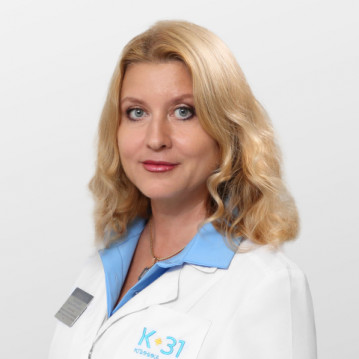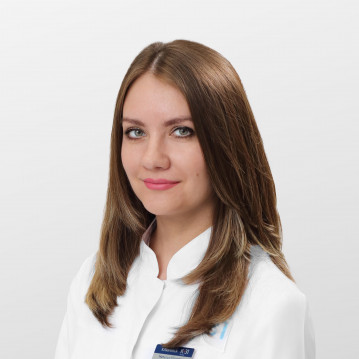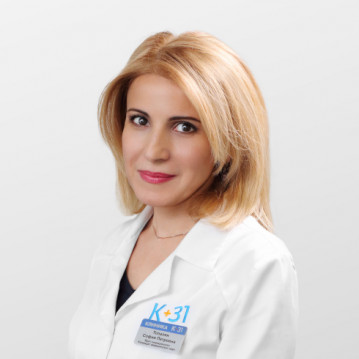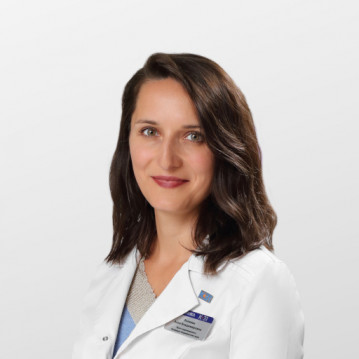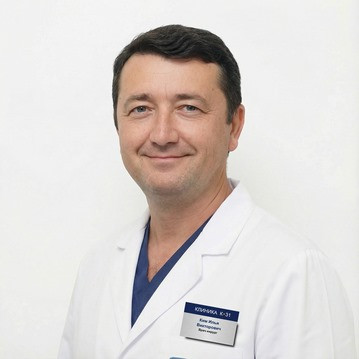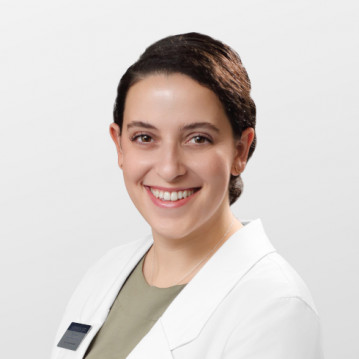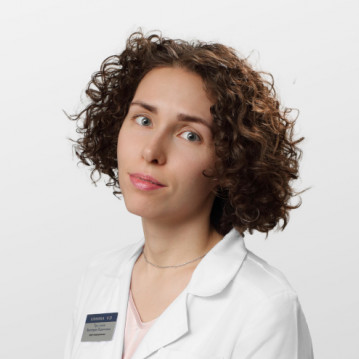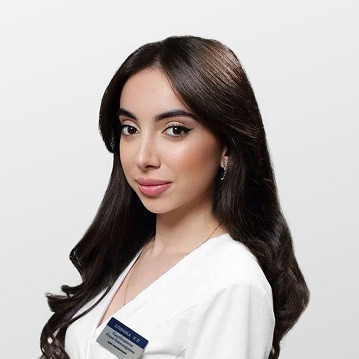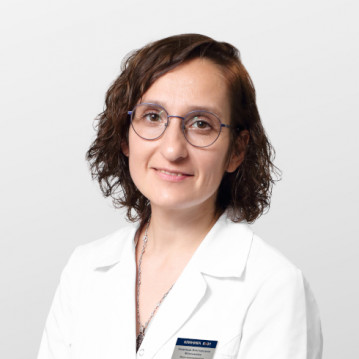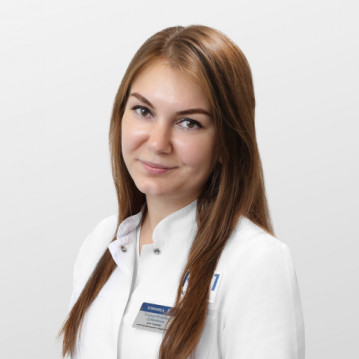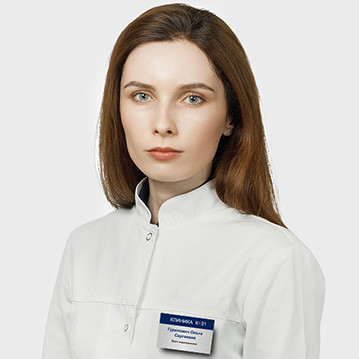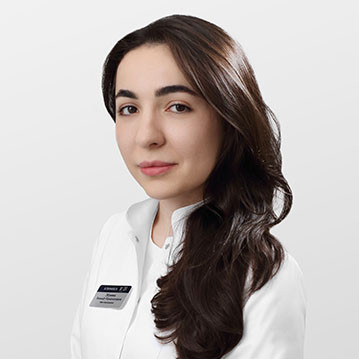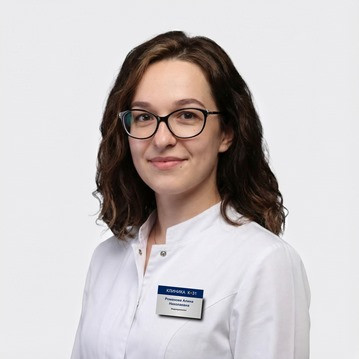In modern medicine, monitoring the patient's condition plays a decisive role. Correct and timely assessment of functional state can save lives, prevent complications and speed up the recovery process.
In the metropolis, the pace of life is high, and the workload of medical institutions is extremely high. Therefore, the ability of personnel to quickly and correctly interpret the received data becomes critical.
Clinic “K+31” closely monitors modern methods and standards in anesthesiology and offers advanced training courses for medical specialists.
Detailed patient monitoring
Examination of a patient is the first stage in any medical intervention, at which a preliminary assessment of his health occurs.
Basic monitoring is continuous monitoring of vital health parameters. This level of control is typically used in anesthesia and intensive care. Without such monitoring, doctors’ actions are inappropriate, since even minor changes in the patient’s condition can be critical.
Types of monitoring:
- Modern. It aims to detect abnormalities. This technology has an alert function that signals emergency situations, allowing medical staff to instantly respond to any critical cases.
- Integrated. Here, in addition to notification that indicators are outside the normal range, medical personnel are provided with recommendations regarding possible measures.
- Active. This is the pinnacle of integration and automation. Technologies at this level are capable of not only identifying deviations and offering solutions, but also independently intervening in the treatment process and, in particular, adjusting the dosage of drugs.
- In-depth. It is often used in cardiac surgery or neurology departments. This is due to the fact that patients here are in critical condition and the outcome of treatment depends on timely response to changes.
Preventive monitoring is used for patients at high risk of developing critical illness. In particular, people who have suffered a myocardial infarction need special attention.
Step-by-step health check
To assess the patient's condition, medical personnel will need a tonometer to measure blood pressure. He will also need a phonendoscope, a pulse oximeter (allows you to determine the level of oxygen saturation in the blood) and an electrocardiograph to monitor heart function
It is important to understand that the patient’s condition varies in severity and requires an individual approach.
There are several stages in carrying out this procedure by nursing staff:
- Preparation of the workplace. Before monitoring begins, it is necessary to ensure suitable conditions for the procedure. Additionally, it is necessary to check the functionality of the equipment.
- Control of breathing and blood saturation. It is necessary to monitor the rhythm and nature of the patient's breathing, and also measure the level of blood oxygen saturation using a pulse oximeter.
- Assessment of the cardiovascular system. At this stage, blood pressure, pulse rate are measured, heart rhythm and other indicators are monitored using an electrocardiograph.
After monitoring, medical personnel must evaluate the results and, taking into account sanitary standards and requirements, prepare the workplace for the next patient.
Patient Monitoring Basics
There are two main monitoring methods - invasive and non-invasive. The first type, which does not require penetration into the body through the skin or other tissues, is preferable, but sometimes medical conditions require deeper control, which is provided by invasive methods. This is especially true during heart surgery and organ transplantation.
For any type of medical intervention, minimum monitoring standards must be carefully observed. For example, an anesthesiologist-resuscitator or nurse anesthetist should always be near the patient. This is required to continuously monitor vital signs (blood pressure, respiratory rate and pulse).
For resuscitation, monitoring standards become more stringent. In particular, they require regular monitoring of ventilation and circulation.
In addition to physiological monitoring, microbiological control is also important, which helps prevent or promptly detect infectious complications.
Prognostic criteria, for example, APACHE III, are also used to understand the dynamics of the patient’s condition. These tools allow specialists to predict possible outcomes and optimize treatment according to the patient's needs.
